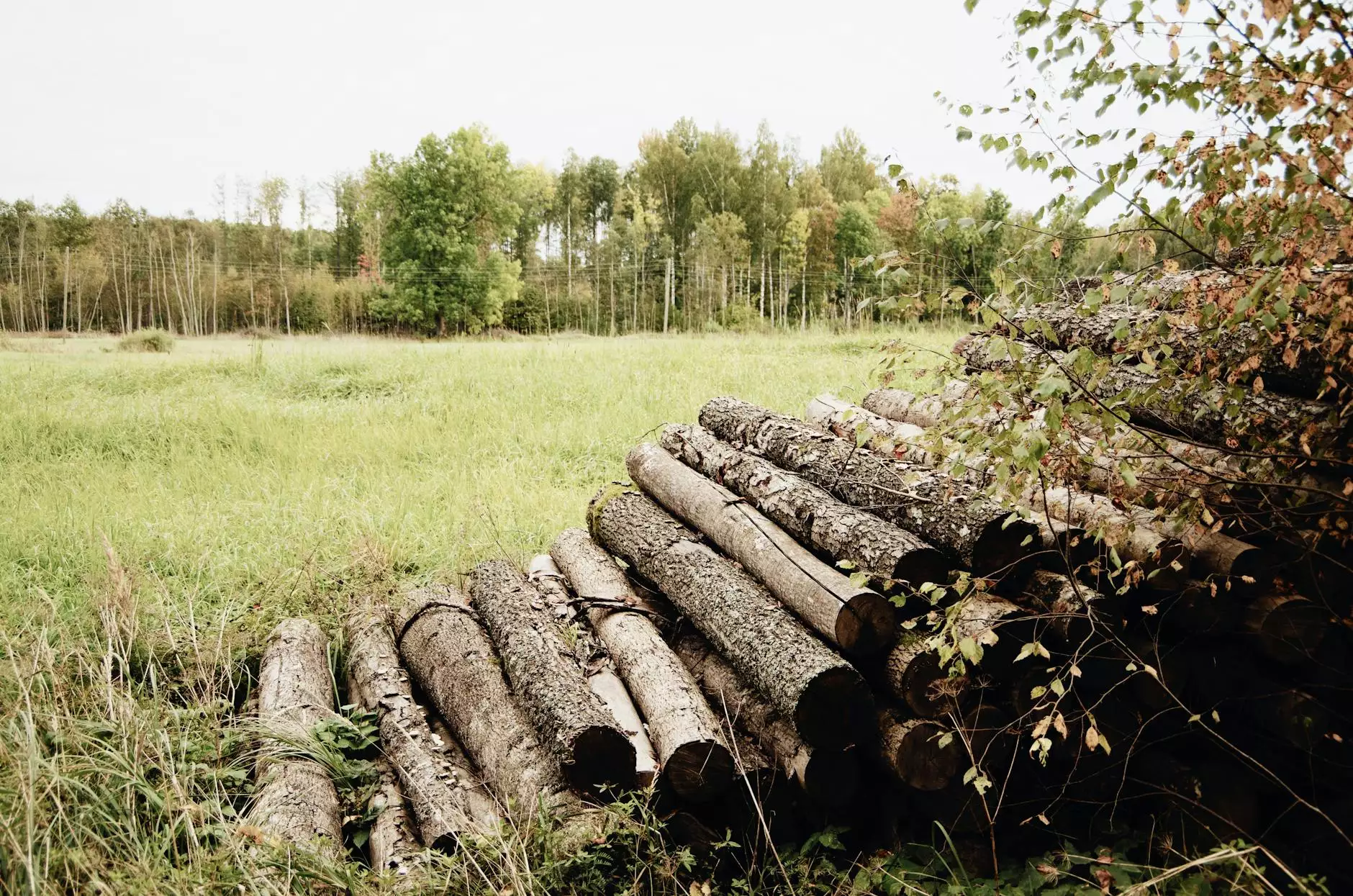How To Find, Harvest And Use Fatwood

Introduction
Welcome to the ultimate guide on finding, harvesting, and using fatwood from Florida Potting Soil Wood Products Div. Whether you are an outdoor enthusiast, a survivalist, or simply someone looking to add some warmth and coziness to your fireplace, fatwood is an excellent natural resource that can serve multiple purposes. In this comprehensive guide, we will delve into the world of fatwood, exploring its origin, various methods of harvesting, and practical applications.
What is Fatwood?
Fatwood, also known as "lighter wood," is a highly resinous pine wood saturated with flammable resin. It is primarily sourced from the stumps and branches of pine trees, especially those damaged by storms, lightning, or disease. This golden-orange wood is highly valued for its exceptional flammability and ability to ignite easily, making it a popular choice for kindling, firestarting, and even emergency survival situations.
Finding Fatwood
When it comes to finding fatwood, keeping an eye out for damaged or fallen pine trees is key. Storms or strong winds often leave behind broken branches and uprooted stumps, which are excellent sources of fatwood. Look for trees with sticky resin trails or areas where the wood appears darker due to the high resin content. Fallen pine cones and needles around the base of the tree can also indicate the presence of fatwood.
Precautions
While searching for fatwood, it is essential to exercise caution. Ensure you have the necessary permission to access the land and follow any guidelines or restrictions set by the local authorities. Use appropriate protective gear, such as gloves and eye protection, as resinous wood can be sticky and cause skin irritation. Watch out for snakes or other wildlife that may inhabit these areas.
Harvesting Fatwood
Once you have located a potential fatwood source, it's time to harvest this valuable resource. Here are steps to follow:
- Gather the necessary tools: Before starting the harvesting process, equip yourself with a reliable knife, preferably one with a fixed blade, as it provides better stability while cutting through the resinous wood. You may also need a sturdy bag or container to store the harvested fatwood.
- Identify the fatwood: Look for areas where the wood has a higher resin concentration, indicating its fatwood quality. Pay attention to the wood's color, as fatwood typically has a distinct rich hue, varying from deep orange to reddish-brown.
- Cut and collect: Using your knife, carefully cut away the resin-rich portions of the wood from the selected pine stumps or branches. Take your time to ensure clean and precise cuts, facilitating easier firestarting later on. Place the harvested fatwood in your storage container.
Utilizing Fatwood
Now that you have successfully harvested your fatwood, let's explore the various ways you can put it to use:
Firestarting and Camping
Fatwood's exceptional flammability makes it an ideal firestarter, whether you are starting a campfire, lighting up a cozy fireplace, or preparing a barbecue. Begin by creating a tinder nest using dry leaves, small twigs, or shredded bark. Then, use your fatwood shavings or small sticks as kindling, placing them on top of the tinder. Apply a spark or flame to ignite the fatwood, allowing the fire to spread gradually. Remember to follow fire safety guidelines and never leave fires unattended.
Survival Situations
When it comes to survival scenarios, fatwood can be a lifesaver. Its high resin content ensures it can ignite even in damp conditions, making it an excellent emergency firestarter. Always carry a small supply of fatwood shavings or sticks in your survival kit, as they can provide you with a reliable source of fire, warmth, and light when needed most.
Home Decor and Aromatherapy
Aside from its functional applications, fatwood can also serve as a unique and natural element in home decor. Arrange fatwood sticks in a decorative basket or vase, adding rustic charm to any space. Furthermore, fatwood has a pleasant aromatic resin scent that can create a soothing atmosphere. Enhance your relaxation sessions by placing fatwood near diffusers or incorporating it into homemade potpourri creations.
Conclusion
In conclusion, learning how to find, harvest, and utilize fatwood opens up a world of possibilities for outdoor enthusiasts, survivalists, and those seeking to add natural warmth and beauty to their surroundings. By following the steps outlined in this comprehensive guide, you can become an expert in accessing this valuable resource from damaged pine trees. Remember to exercise caution, respect natural environments, and enjoy the numerous practical applications fatwood offers. Start your fatwood journey today with Florida Potting Soil Wood Products Div and experience the wonders of this versatile natural resource.




